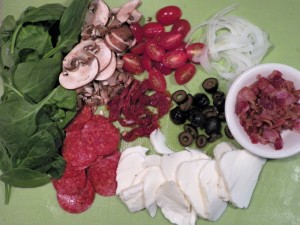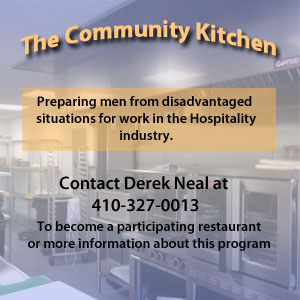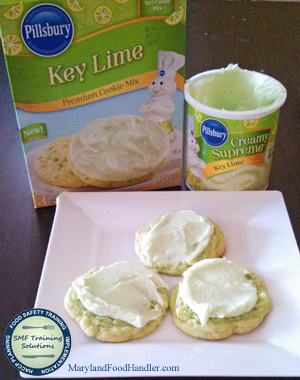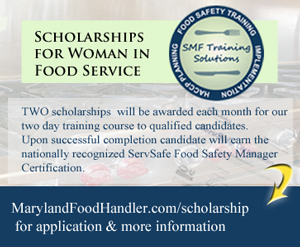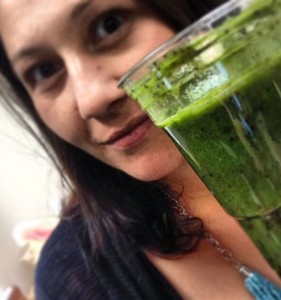What does your image say?
My daughter plays travel soccer and we are often out of town. Stopping for a bite to eat when you know the risks of food-borne illness can be a little tricky. Sometimes we pick a franchise because it is my experience that they have better food safety training programs in place. But I do love the uniqueness of an independently owned restaurant.
However, before I choose a restaurant I am not familiar with I do a little investigation. I first look at some of the social media sites like Four Square to check reviews. Using Google on my phone I can usually see a picture of the building and yes I do judge a book by its cover in this case. Is there a decent sign, does the entrance look inviting and is there a parking lot that looks safe? When it all checks out and I arrive at my destination I enter the building and check the entrance. Are the floors clean? Is there dirt and grime around equipment legs? If I can see the staff in the kitchen are they wearing clean aprons? Is hair restrained? Are the staff following basic food safety procedures? If I answer no to any of these questions it is a good sign management doesn’t understand or care about food safety. My first impression can be enough for me to turn around and go somewhere else.
Look at your business through the eyes of your target customer
If your target customer base is shrinking it may just be your image. Here are some tips to getting your image back on track.
- Train all of your staff in good food safety practices. Do not forget to train waitstaff and bussers as well. Everyday. This is a never ending job. Pick a food safety topic and focus on that for a week. Next week, pick something else. Before you know it everyone will be demonstrating good practices.
- Check social media sites for your reputation. Respond to all complaints in a respectful way and offer a resolution. Never delete negative comments.
- Stand outside your facility. Does the outside represent what your brand is? Will it attract your target customer? I don’t know how many times I have seen beer signs displaying food specials for a sit down restaurant. I see a beer sign I think bar or tavern – not a restaurant that I would take my family to. If you are a bar that sells food that is fine. If you are restaurant that also sells beer – take them down!
- Clean up! A dirty floor up front makes me wonder what the back of the house looks like. And don’t forget about tidying up around the back door. This is often a forgotten place filled with crates and debris. I will drive around a building to check out the back.
- Nice looking and clean menus. If you hand me a sticky or stained menu – I am out of there.
- Invite a secret diner to visit your restaurant during your peak times and slow times. Yes your slow time as well. Often staff get to relaxed and food quality goes down during slow times.
- Know your brand! Send the same message across all social media, print media and in person.
If you need help with identifying your brand or repairing your image I can help. Please contact me at 410-382-4325 for a free consultation.
For training education we offer the food safety manager training and food handler training at our location or yours.

